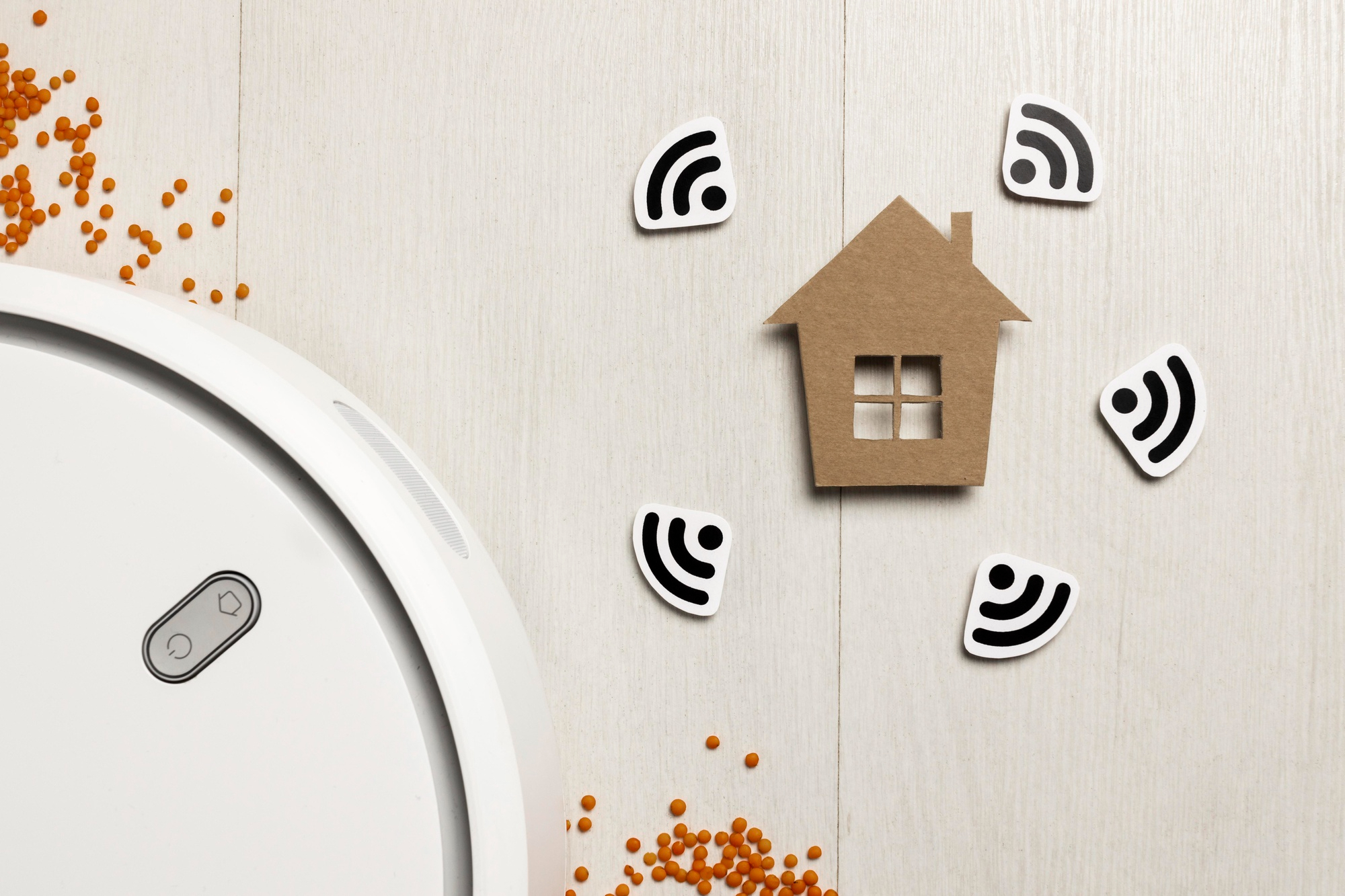Our world is interconnected, with, our lives increasingly moving online — from banking and shopping, to work and social interactions.
With the digital shift, the need for robust cybersecurity measures has never been greater, particularly when it comes to securing your home network.
A compromised home network can be a gateway for hackers to access personal information, financial data, and even control smart home devices.
This blog post aims to cut through the clutter and make things simple: a straightforward guide to enhance the cybersecurity of your home network.
Understanding the Importance of a Secure Home Network
An unprotected home network can be an easy target for cybercriminals.
Once they gain access, they can steal sensitive information, infect your devices with malware, or even perform identity theft.
A secure home network acts as a first line of defence, protecting your devices and the data they contain.
Essential Steps to Secure your Home Network
Start with the Basics: Strong Passwords
- Router Password: Your router is the gateway to your home network. Do not leave your router password as the default, but rather change it to a strong, unique password to restrict unauthorised access.
- Wi-Fi Password: Make sure your Wi-Fi network is password-protected. Use a strong and unique password that is not easily guessable.
- Device Passwords: All devices connected to your home network should be locked with a password, pin, or biometric data.
Upgrade Security Protocols
- WPA3: Use the latest Wi-Fi Protected Access protocol, WPA3, if your router supports it. If not, WPA2 is the minimum requirement.
- Firewall: Ensure your router’s built-in firewall settings are enabled to monitor and control incoming and outgoing network traffic.
Limit Access
- Guest Network: Set up a separate guest network for visitors. This will isolate your primary network, where your personal data and devices are connected, from potential risks.
- MAC Address Filtering: Utilise MAC address filtering to only allow approved devices to connect to your network.
Network Monitoring
- Regular Audits: Regularly audit connected devices to ensure that only authorised gadgets are using your network.
- Quality of Service (QoS) Settings: Use QoS settings to prioritise traffic and limit bandwidth for less important devices.
Update Regularly
- Firmware Updates: Manufacturers periodically release security patches. Make sure your router firmware is up-to-date to benefit from these improvements.
- Software Updates: Regularly update the software on all devices connected to your home network.
Extra Layers of Protection
- VPN: Consider using a Virtual Private Network (VPN) for an extra layer of security, especially when accessing your home network remotely.
- Multi-Factor Authentication (MFA): Use MFA wherever possible to add an extra verification step, making it harder for hackers to gain access.
Educate Your Family
- Safe Practices: Teach family members about the importance of not clicking on suspicious links and maintaining strong, unique passwords.
- Regular Discussions: Make cybersecurity a regular family discussion. The more informed everyone is, the less likely they are to make mistakes.
Securing your home network may seem like a daunting task but remember, cybersecurity is not a one-time rgubg but an ongoing process. Stay vigilant, updated, and most importantly, secure. For any further advice and assistance on this topic contact us here.

